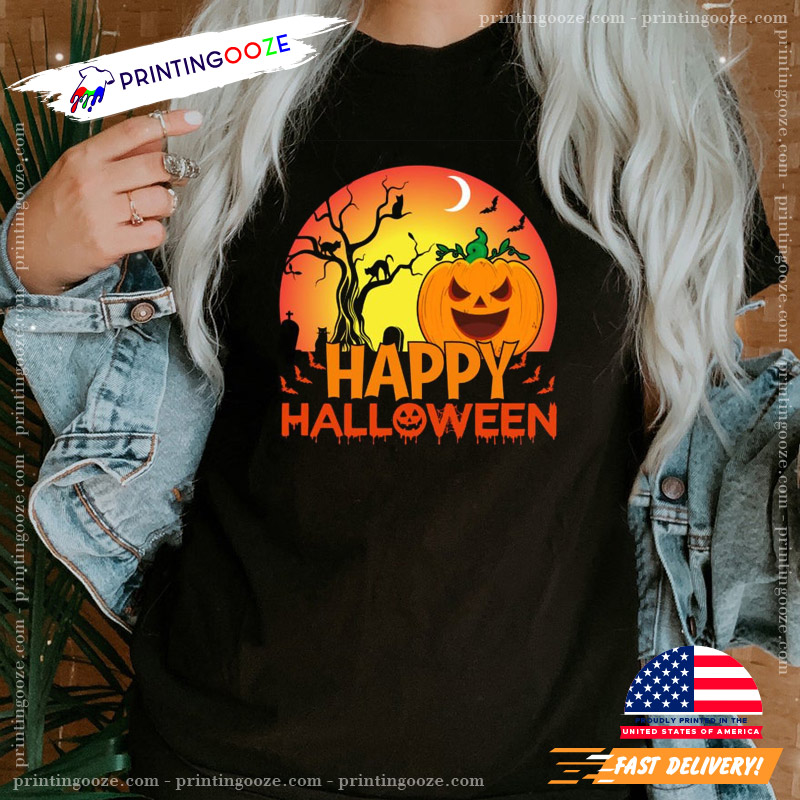Trending
Top 5 Interesting Facts About Halloween
Halloween is a day for the spooky, but this holiday has gradually become a fun occasion to look forward to. In many countries, special and interesting traditions began to be enjoyed during this holiday such as ‘trick or treat’ and pumpkin carving, also known as Jack O’Latern. Here are a few interesting facts about how some of these activities were created, as well as other interesting tidbits about this unique, one-of-a-kind holiday.
Why do you have to dress up on Halloween?
Costuming on Halloween is not only a fun activity but also reflects deep-seated traditions. October 31st each year is believed to be a time when the boundary between the world of the living and the world of the departed becomes thin, allowing for potential communication between them.



Halloween has long been regarded as a day when spirits and demons might return to the realm of the living. To ward off unwanted intrusions, humans wore masks and costumes to conceal their identities and avoid recognition. This also allowed them to freely and comfortably enjoy the holiday season, escaping the pressures and anxieties of daily life, while engaging in festivities together.
Halloween has its origins in an ancient Celtic festival
In the 8th century, in an effort to spread Christianity, Pope Gregory III decreed November 1st as All Saints’ Day and incorporated some of the traditions of Samhain. All Saints’ Day is also known as “All Hallows and the night before,” when the traditional Samhain festivities in Celtic regions were called All Hallows’ Eve.
The ancient Celtic festival of Samhain, marking the end of the harvest season and the beginning of winter, played a significant role in shaping Halloween as we know it today. Samhain was a time to welcome winter and prepare for the coming spring. It was also believed to be a time when the boundary between the world of the living and the world of the spirits grew thin, allowing spirits to cross into the realm of the living.
As Christianity became a prominent force in European culture, Pope Gregory III made the decision to combine some of the customs of Samhain with All Saints’ Day on November 1st. All Saints’ Day later became known as “All Hallows,” and the night before, when the traditional Samhain festival took place, became known as All Hallows’ Eve.
Corn candy was originally called Chicken Food
The original name of candy corn is quite unique and intriguing. Although it has been compared to poultry feed, the name “Chicken Feed” does not reflect any similarity in taste between candy corn and actual chicken feed. George Renninger, the creator of this candy in the 1880s, brought forth a highly creative innovation for its time.
The Goelitz Candy Company (now Jelly Belly) packaged and distributed this type of candy, making it an integral part of culinary culture and festivities. The name “Chicken Feed” stems from the fact that corn is commonly used as feed for chickens; however, this is not directly related to the taste of the candy. The large boxes containing this type of candy are often designed with colorful rooster imagery, creating a cheerful visual highlight.
‘Trick-or-Treat”’ comes from impersonating spirits
The tradition of children dressing up and going from house to house, much like children begging for fruit, may seem peculiar. Like some other Halloween activities, the origin of this practice can be traced back to the Middle Ages and the rituals of Samhain.
It was believed that spirits walked the earth on the night of Samhain, or Halloween, so people would don strange costumes in an effort to ward off these souls.
As the Catholic Church began to replace pagan holidays with their own (such as All Souls’ Day), the act of impersonating these spirits became popular. Children would often be the ones to carry out this activity, dressing up like spirits and requesting candy. Failure to provide treats might result in playful pranks or mild intimidation.
‘Jack O’Lantern’—the engraved pumpkin—comes from the Irish legend of Stingy Jack
The legend tells of a character named Stingy Jack, who had quarrelled with the devil on several occasions. So, when he passed away, both heaven and hell refused to accept his soul. Jack was sent off into the night with only a burning coal to light his way. He placed the coal inside a carved turnip and has roamed the earth ever since.
People in Ireland and Scotland began crafting Jack’s lanterns from turnips, beets, and potatoes. This tradition traveled to the United States with immigrants, and folks started using pumpkins, which originated from North America, to replace the lanterns.
Conclusion
Halloween is a rich tapestry of ancient traditions, folklore, and modern customs that have come together to create a beloved and widely celebrated holiday. Its roots in Celtic festivals and Irish legends give it a unique and fascinating history. From the iconic Jack-o’-lanterns to the time-honored tradition of trick-or-treating, Halloween has evolved over the centuries into a global phenomenon. The festivities and customs associated with this holiday continue to bring joy, excitement, and a touch of spookiness to people of all ages around the world.


